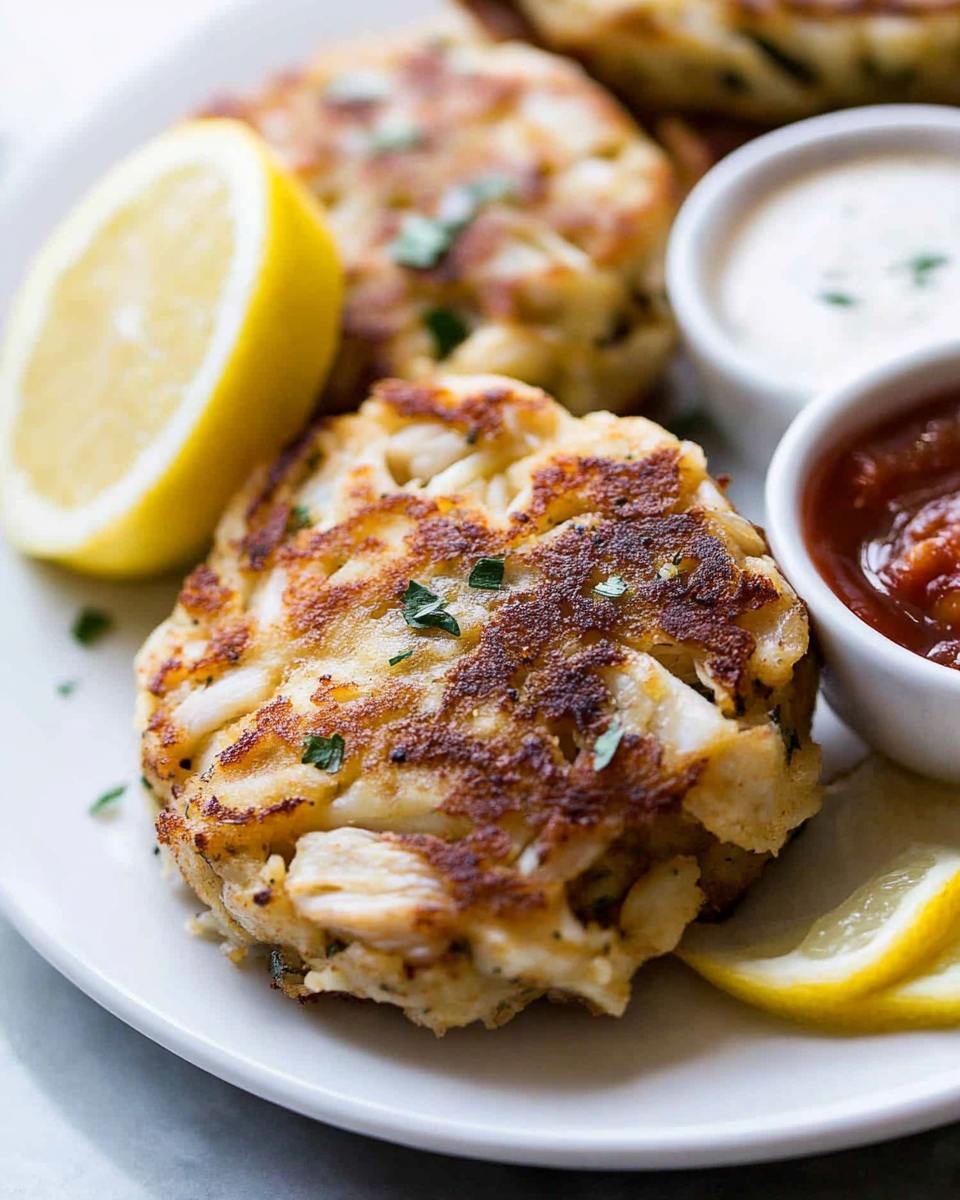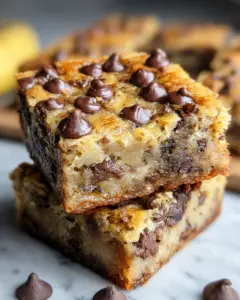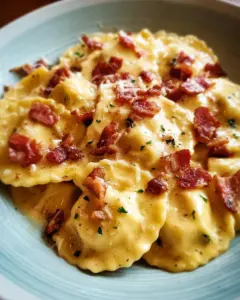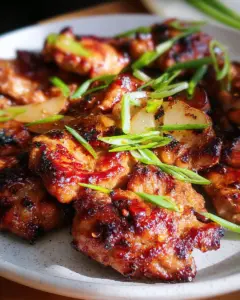Few dishes capture the essence of coastal cuisine like Maryland crab cakes. These golden, savory patties are celebrated for their generous chunks of sweet lump crab meat, subtly spiced with Old Bay seasoning, and bound with just enough filler to hold their shape without overshadowing the star ingredient. Unlike heavy, breadcrumb-laden versions, authentic Maryland-style crab cakes prioritize the crab’s natural flavor and delicate texture. Whether baked to perfection or lightly pan-fried for a crisp exterior, they deliver a taste of the Chesapeake Bay in every bite. This recipe stays true to tradition with minimal ingredients, letting the quality of the fresh crab meat shine.

Preparation Phase & Essential Tools
Crafting flawless crab cakes requires the right tools and techniques. Here’s what you’ll need:
- Large Mixing Bowl – A wide, shallow bowl makes it easier to fold ingredients gently without breaking up the crab.
- Silicone Spatula – Ideal for combining the mixture while preserving the lump crab meat’s texture.
- Measuring Cups and Spoons – Precision ensures the right balance of moisture and binding agents.
- Rimmed Baking Sheet – For oven-baked crab cakes with even browning. A skillet can be used for pan-frying.
- Silicone Baking Mat or Parchment Paper – Prevents sticking and promotes easy cleanup.
Why These Tools Matter
Using a silicone spatula instead of a spoon or whisk prevents overmixing, which can turn the crab meat into a paste. A rimmed baking sheet ensures heat circulates evenly, while a silicone mat eliminates the need for excess oil. Measuring ingredients accurately—especially the saltine cracker crumbs—keeps the cakes from becoming too dense or crumbly.
Key Preparation Tips
- Chill the Mixture – Refrigerating for at least 30 minutes helps the cakes hold their shape during cooking.
- Handle Crab Meat Gently – Avoid stirring aggressively; fold ingredients just until combined.
- Use Fresh Crab Meat – Refrigerated pasteurized lump crab meat (not canned) offers the best flavor and texture.
Ingredients for Authentic Maryland Crab Cakes
This recipe relies on simplicity and quality:
- 1 large egg – Binds the ingredients without overpowering.
- ¼ cup (60g) mayonnaise – Adds creaminess; use full-fat for best results.
- 1 tablespoon fresh parsley – Brightens the flavor (dried works in a pinch).
- 2 teaspoons Dijon mustard – Provides a subtle tang.
- 2 teaspoons Worcestershire sauce – Enhances umami depth.
- 1 teaspoon Old Bay seasoning – The quintessential Maryland spice blend.
- 1 teaspoon fresh lemon juice – Balances richness.
- ⅛ teaspoon salt – Adjust to taste.
- 1 pound (454g) fresh lump crab meat – Picked over for shells.
- ⅔ cup (41g) saltine cracker crumbs – About 17–18 crackers, finely crushed.
- 2 tablespoons melted butter (optional) – For brushing before baking.
Step-by-Step Instructions
- Combine Wet Ingredients
In a large bowl, whisk the egg, mayonnaise, parsley, Dijon mustard, Worcestershire sauce, Old Bay, lemon juice, and salt until smooth. - Fold in Crab and Crumbs
Gently place the crab meat and cracker crumbs on top of the mixture. Using a spatula, fold everything together with a lifting motion to maintain large crab lumps. - Chill the Mixture
Cover and refrigerate for 30 minutes (or up to 1 day). This step is critical for firm, cohesive cakes. - Preheat and Prep
Preheat the oven to 450°F (232°C). Line a baking sheet with a silicone mat or parchment paper. - Shape the Cakes
Use a ½-cup measure to portion the mixture into 6 mounds. Gently compact each without flattening. Brush tops with melted butter for extra flavor (optional). - Bake
Bake for 12–14 minutes until the edges are golden brown. Avoid overcooking, as this can dry out the crab.
Pro Tips for Success
- For smaller cakes, use ¼-cup portions (yields 12) or 2-tablespoon portions (24 mini cakes).
- For a crispier crust, pan-fry in butter over medium heat for 3–4 minutes per side.
- Double the Old Bay if you prefer a spicier kick.
Few dishes are as versatile as Maryland crab cakes. While they shine on their own, pairing them with the right sides and sauces elevates them into a complete meal. Whether you’re serving them as an appetizer, main course, or part of a seafood feast, these serving suggestions and expert tips will ensure your crab cakes are flawless every time.
Serving Suggestions
The beauty of Maryland crab cakes lies in their simplicity, but a few thoughtful accompaniments can enhance their flavor and presentation.
- Classic Sauces – Serve with tartar sauce, cocktail sauce, or lemon aioli for dipping. A drizzle of fresh lemon juice brightens the rich crab flavor.
- Fresh Herbs – Garnish with chopped parsley, chives, or dill for a pop of color and freshness.
- Lemon Wedges – A squeeze of lemon just before eating adds acidity that cuts through the richness.
For a restaurant-style presentation, place the crab cakes on a bed of mixed greens or atop a smear of remoulade sauce.
Common Mistakes to Avoid
Even experienced cooks can make errors when preparing Maryland crab cakes. Here’s how to avoid the most common pitfalls:
- Overmixing the Crab Meat – Folding too aggressively breaks up the delicate lump crab meat, resulting in a mushy texture. Use a gentle hand when combining ingredients.
- Skipping the Chilling Step – Refrigeration firms up the mixture, helping the cakes hold their shape. Baking or frying too soon leads to falling apart.
- Using Too Much Filler – The best crab cakes are about the crab, not the breadcrumbs. Stick to the recommended ratio of saltine cracker crumbs to maintain balance.
- Overcooking – Crab meat dries out quickly. Bake just until golden (12–14 minutes) or pan-fry until crisp but still moist inside.
How to Perfect the Recipe
For the best Maryland crab cakes, follow these pro techniques:
- Choose High-Quality Crab Meat – Fresh lump crab meat (preferably from the Chesapeake Bay region) makes all the difference. Avoid canned crab, which lacks texture and sweetness.
- Adjust Seasoning to Taste – Old Bay is the classic choice, but feel free to add a pinch of cayenne or smoked paprika for extra depth.
- Test for Doneness – The cakes should be lightly browned on the outside and warm all the way through. If pan-frying, they should release easily from the skillet when ready to flip.
Side Dish Recommendations
A well-rounded meal includes complementary sides. Here are eight perfect pairings for Maryland crab cakes:
- Creamy Coleslaw – The crisp, tangy slaw contrasts beautifully with the rich crab cakes.
- Corn on the Cob – Buttery, sweet corn is a classic Chesapeake Bay accompaniment.
- Garlic Butter Green Beans – Lightly sautéed for a fresh, flavorful side.
- Hush Puppies – These fried cornbread bites add a Southern touch.
- Avocado and Tomato Salad – A refreshing, summery option with creamy avocado.
- Roasted Potatoes – Crispy on the outside, tender inside, and seasoned with Old Bay.
- Buttermilk Biscuits – Flaky and buttery, perfect for soaking up sauces.
- Cucumber and Red Onion Salad – A light, vinegar-based salad that cuts through richness.
For a full seafood spread, consider adding steamed shrimp, clam chowder, or grilled oysters.
Alternative Cooking Methods
While baking is the easiest method, these variations offer different textures:
- Pan-Frying – Heat butter or oil in a skillet over medium heat. Cook for 3–4 minutes per side until golden brown.
- Broiling – Place crab cakes under the broiler for 2–3 minutes per side for a quick, crisp finish.
- Air Frying – Cook at 375°F for 8–10 minutes, flipping halfway, for a lighter version with a crispy exterior.
Each method yields slightly different results, so choose based on your preference for texture and convenience.
Perfecting Maryland crab cakes doesn’t end with cooking—proper storage and reheating preserve their texture, while knowing key troubleshooting tips ensures success every time. Below, we cover best practices for keeping leftovers fresh, answer common questions, and provide final recommendations for serving this Chesapeake Bay classic.
Storage Instructions
To maintain quality, follow these guidelines for storing cooked and uncooked crab cakes:
Refrigerator Storage
- Cooked Crab Cakes: Place in an airtight container with parchment paper between layers. They will keep for 3–4 days.
- Uncooked Mixture: Store the blended crab mixture (before shaping) for up to 1 day before cooking for optimal freshness.
Freezer Storage
- Unbaked Crab Cakes: Shape into patties, place on a parchment-lined tray, and freeze until solid (about 2 hours). Transfer to a freezer bag or container for up to 3 months. Bake directly from frozen, adding 3–5 extra minutes.
- Cooked Crab Cakes: Freeze individually on a baking sheet before transferring to a sealed container. Reheat within 2–3 months for best quality.
Reheating Tips
Avoid microwaving, which can make crab cakes rubbery. Instead, use these methods:
- Oven Method (Best for Crispiness):
- Preheat oven to 350°F (177°C).
- Place crab cakes on a baking sheet and warm for 10–15 minutes (15–20 if frozen).
- Skillet Method (For Crust Revival):
- Heat butter or oil in a pan over medium heat.
- Cook 2–3 minutes per side until heated through.
- Air Fryer (Quick Option):
- Reheat at 375°F (190°C) for 4–5 minutes.
Recipe Tips for Best Results
- Binders Matter: If the mixture feels too wet, add a few more cracker crumbs. Too dry? A teaspoon of mayo or egg white helps.
- Uniform Sizing: Use a measuring cup or ice cream scoop for evenly sized cakes that cook at the same rate.
- Avoid Overcrowding: Whether baking or frying, leave space between crab cakes to ensure proper browning.
Frequently Asked Questions
1. What’s the best crab meat for Maryland crab cakes?
Opt for fresh lump crab meat (preferably jumbo lump or backfin) for superior texture and sweetness. Pasteurized canned crab works in a pinch but may be drier.
2. Can I substitute Old Bay seasoning?
If unavailable, mix:
- 1/2 tsp paprika
- 1/4 tsp celery salt
- 1/4 tsp black pepper
- Pinch of cayenne or dry mustard
3. Why did my crab cakes fall apart?
Possible reasons:
- Insufficient chilling (less than 30 minutes).
- Too much moisture (excess mayo or undrained crab).
- Overhandling when mixing or flipping.
4. Can I make gluten-free crab cakes?
Yes! Replace saltines with:
- Gluten-free breadcrumbs
- Crushed gluten-free crackers
- Almond flour (reduce quantity by 25%).
5. How do I know when crab cakes are fully cooked?
They should reach an internal temperature of 145°F (63°C) and have golden-brown edges.
Conclusion: Celebrating a Chesapeake Classic
Maryland crab cakes embody the essence of coastal cooking—minimal filler, maximum crab, and a harmony of spices. By selecting high-quality lump crab meat, handling it gently, and mastering storage techniques, you can recreate this restaurant favorite at home. Serve them with zesty sauces, seasonal sides, or atop a salad for a versatile meal.
Whether baked, pan-fried, or air-fried, the key lies in respecting the crab’s delicate flavor. With this guide’s tips and troubleshooting advice, even first-time cooks can achieve crispy, succulent crab cakes worthy of the Chesapeake Bay.
Maryland Crab Cakes (Little Filler)
Ingredients
For the Crab Cakes:
- 1 large egg
- ¼ cup 60g mayonnaise
- 1 tablespoon chopped fresh parsley or 2 teaspoons dried
- 2 teaspoons Dijon mustard
- 2 teaspoons Worcestershire sauce
- 1 teaspoon Old Bay seasoning use up to 1½ teaspoons for a spicier flavor
- 1 teaspoon fresh lemon juice plus more for serving
- ⅛ teaspoon salt
- 1 pound 454g fresh lump crab meat*
- ⅔ cup 41g saltine cracker crumbs (about 17–18 2-inch crackers)
- Optional: 2 tablespoons 30g melted salted or unsalted butter
Instructions
Mix the Ingredients:
- In a large bowl, whisk together the egg, mayonnaise, parsley, Dijon mustard, Worcestershire sauce, Old Bay, lemon juice, and salt.
- Fold in Crab Meat and Cracker Crumbs:
- Gently place the crab meat on top of the mixture, followed by the cracker crumbs. Using a silicone spatula or large spoon, carefully fold everything together, being gentle to avoid breaking up the lump crab meat.
Chill the Mixture:
- Cover the bowl tightly and refrigerate for at least 30 minutes, or up to 1 day. Chilling helps the crab cakes hold their shape while baking.
Preheat the Oven:
- Preheat the oven to 450°F (232°C). Generously grease a rimmed baking sheet with butter or nonstick spray, or line it with a silicone baking mat.
Portion the Crab Cakes:
- Using a ½-cup measuring cup, divide the mixture into 6 mounds on the baking sheet. Do not flatten the mounds. Gently compact each mound to ensure it holds together. For extra flavor, brush the tops with melted butter (optional but recommended).
Bake the Crab Cakes:
- Bake for 12–14 minutes, or until the tops and edges are lightly browned.
Serve:
- Drizzle the crab cakes with fresh lemon juice and serve warm with tartar sauce, cocktail sauce, or your favorite sides.
- Notes
Storage:
- Refrigerator: Store leftover crab cakes in an airtight container for up to 5 days.
Freezer:
- Unbaked: Freeze portioned crab cakes for up to 3 months. Thaw in the refrigerator, brush with melted butter, and bake as directed.
- Baked: Freeze cooled crab cakes for up to 3 months. Thaw, then warm in a 350°F (177°C) oven for 10–15 minutes, or bake from frozen at 350°F for 25–30 minutes.
- Crab Meat Selection: Use fresh (refrigerated) lump crab meat for the best texture and flavor.
Smaller Crab Cakes:
- For smaller crab cakes, divide the mixture into 12 portions (¼ cup each).
- For mini crab cakes, divide into 24 portions (2 tablespoons each). Bake at the same temperature, but reduce the bake time. Cakes are done when the tops and edges are lightly browned.






